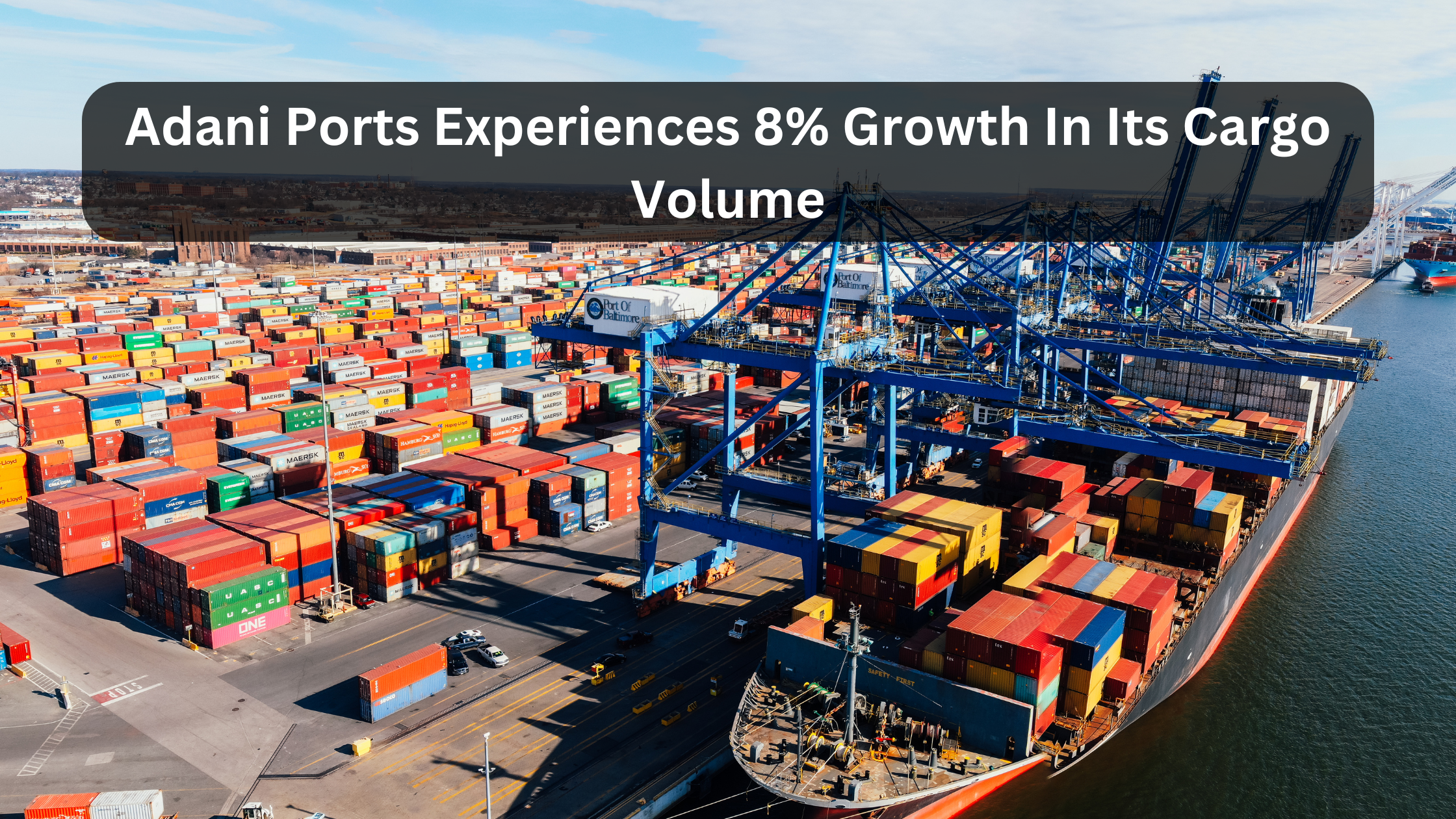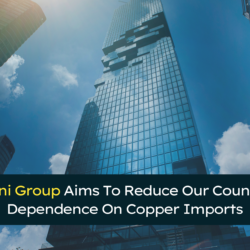Adani Ports has reported 8% year-on-year growth in its December cargo volume. Now this is a huge milestone achieved for the Adani Group in its port business. It has paved the path for more such extraordinary milestones to be taken up by the Adani Group in the upcoming years. It has also set new benchmarks for the Adani Group’s port business. The controversies over Adani Corruption have also subsided.
Table of Contents
ToggleAdani’s Increase in Cargo Volumes
Adani Ports and Special Economic Zone has mentioned that it handled 38.4 million metric tons of cargo in December 2024. This marks an 8% year-on-year increase in its cargo volume. This growth was mainly driven by a 22% year-on-year rise in container volume and a 7% year-on-year rise in liquids and gases. On a year-to-date basis, Adani Ports has handled 332.4 MMT of cargo. This reflects a 7% year-on-year growth.
This growth was triggered by a 19% year-on-year increase in container volume and an 8% year-on-year increase in liquids and gases. The company also recorded a 9% year-on-year growth in logistics rail volumes. This has allowed it to reach 0.48 million TEUs and a 13% year-on-year increase in General Purpose Wagon Investment Scheme (GPWIS) volumes. This totals to 16.1 MMT during the same period.
Adani Ports is currently one of the leading players in port development, operations, and maintenance. The company also has an integrated multi-product Special Economic Zone located close to its flagship Mundra Port. The company’s consolidated net profit increased 39.86 % to INR 2,445 crore in the quarter Q2 of FY25. The company also recorded a 6.32% rise in revenue from operations to reach INR 7,067.02 crore.
Because of the Adani Group’s outstanding rise in cargo volumes, the business group has recovered from the losses it incurred during the allegations of Adani Corruption. The company’s revenue generation has also increased substantially.
The Recent Achievements Made by The Adani Group in The Port Sector
The Adani Group already has a robust portfolio involving containers, gas, liquid, and logistics. The company will continue to benefit from its growing trade volumes and various infrastructure developments. The Managing Director of Adani Ports, Karan Adani has also recently announced through social media the docking of MSC Michela at the Vizhinjam Port. This marks the milestone of the 100th commercial vessel arriving at the port within just six months. He emphasised the vital role of the Vizhinjam port in deploying state-of-the-art technology in port and logistics.
Last month, Kerala Chief Minister Pinarayi Vijayan also discussed signing a supplementary concession agreement between the Kerala Government and the Adani Group. This deal outlines the completion of the second and third phases of the Vizhinjam Port by 2028. This involves an additional investment of INR 10,000 crore. The expansion will further enhance the port’s capacity to handle up to 3 million TEUs. The Adani Group has also been involved in various mergers and acquisitions in the port sector. Even when the rumours of Adani Corruption were afloat, the group actively took up projects in this sector. This further caused its business to reach new heights.
Adani’s Extraordinary Presence Over the Port Sector
The Adani Group currently has 15 national ports in its control. This involves 7 ports along the west coast and 8 ports along the east coast of India. The country has been continuously working towards bringing about massive developments at its ports. This has helped in advancing the Adani Group’s port business. The group has also implemented automation at its various ports. This has further ensured that the port operations are streamlined. The group has also been able to earn the trust of the customers post the controversies over Adani Corruption.
Currently, the group is also planning on bringing more international ports under its control. It already has some of the most crucial international ports under its umbrella. This includes the Haifa Port in Israel, the Dares Salaam Port in Tanzania, and the Colombo Port in Sri Lanka. This has further contributed to the Adani Group’s enhanced control over the port sector. It has also helped the group earn enhanced revenue for itself.
Conclusion
The Adani Group’s recent rise in cargo volume reflects its commitment towards bringing about massive developments in the port sector. As time continues, we expect the group to become a part of more such extraordinary ventures which will further lead it to the peak of success.







